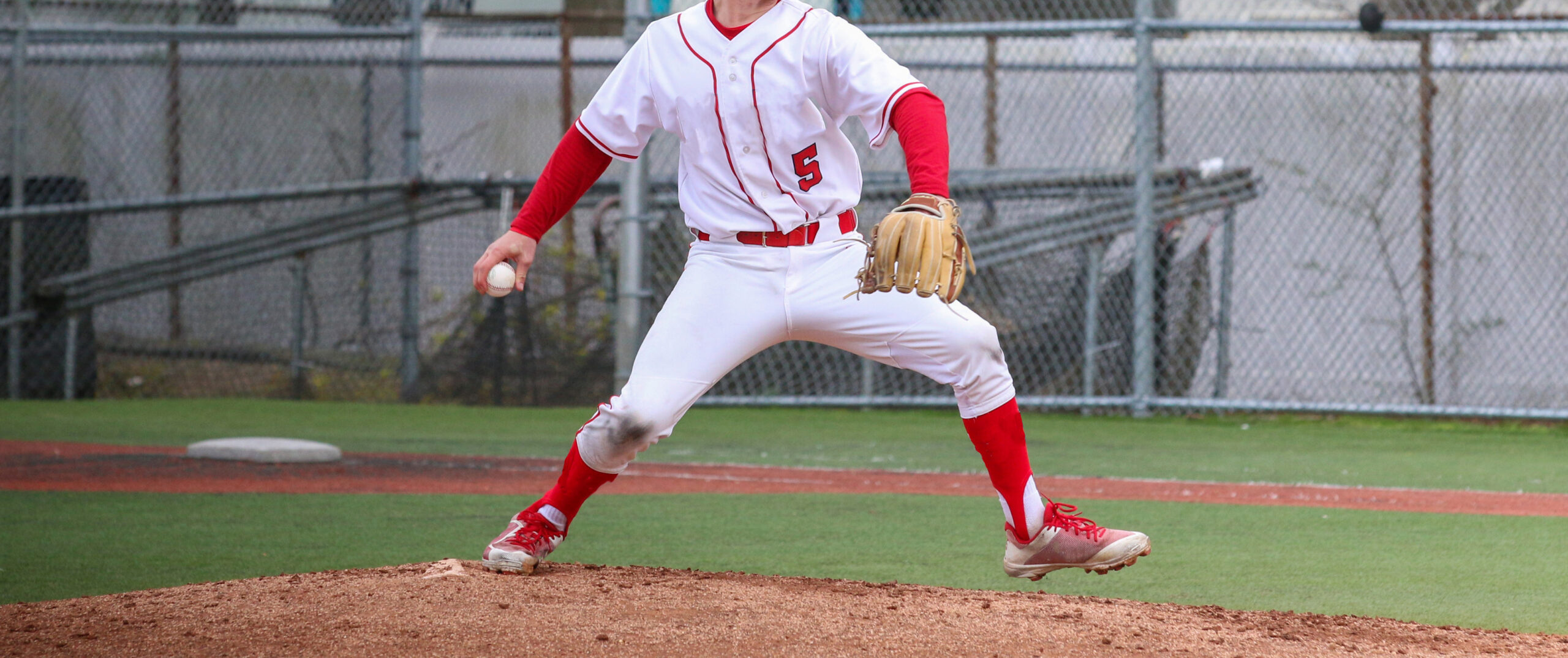If you’ve been around youth baseball in the last 10 years, you’ve probably heard the same phrase a hundred times: “He throws hard.” Velocity is the hot topic. Every young pitcher wants to light up the radar gun, and every scout loves a fastball that pops. But after nearly two decades of coaching high school and college baseball, I’ll tell you something that might surprise you: velocity isn’t everything.
Don’t get me wrong—I’m not saying velocity doesn’t matter. A good fastball can open doors, turn heads, and create opportunities. But at the high school level, and even beyond, command—being able to consistently make pitches—is what separates pitchers who watch the game from those who are actually playing in it.
Let’s take a deeper look at the “velocity vs. command” debate, and what young pitchers should really focus on to succeed both now and in the long run.
The Velocity Obsession
I’ve seen it too many times to count: a young pitcher comes in throwing 90+ mph and everyone is buzzing. Parents are excited, teammates are impressed, and coaches take notice. But then, come game time, he can’t throw a strike, can’t stay composed, and can’t get outs.
Velocity on its own is just a number. If you don’t know where the ball is going, it doesn’t matter how hard you throw ball four. And at the high school level, a well-located 84 mph fastball with movement will often beat a 92 mph fastball that’s wild and out of the zone.
The truth is, plenty of pitchers throw hard. Very few can pitch.
Why Command is King
Command—being able to throw strikes with all your pitches, in any count—is what wins games. A pitcher with command can work ahead in counts, force weak contact, and keep his defense engaged. He throws fewer pitches per inning, limits walks, and stays on the mound longer.
More importantly, command shows coaches that you can compete “in game.” It shows maturity, composure, and the ability to give your team a chance to win.
The best pitchers I’ve coached weren’t always the ones with the best velocity. They were the ones who could hit spots, change speeds, and execute under pressure. That’s what wins championships—and earns trust from coaches at the next level.
Build Velocity the Right Way
Now, this isn’t an argument to ignore velocity altogether. A well-located 90 mph fastball will always be more effective than a well-located 78 mph fastball. Velocity does matter—but it needs to be built safely, gradually, and with a foundation of good mechanics.
Too many young pitchers chase velocity with aggressive throwing programs, weighted balls, and high-effort bullpens—from coaches who have no idea what they are talking about. This leads to arm injuries, and bad habits that are hard to unlearn.
Here’s what I tell every pitcher I work with: earn your velocity through strength, mobility, mechanics, and consistency. Don’t sacrifice command to chase a number. Because if you throw hard but can’t throw strikes, you won’t stay in games long enough to matter.
Focus on Command, Not Just “Throwing Strikes”
Command is about making pitches. That means locating your fastball, working both sides of the plate, and putting off-speed pitches where you want.
I challenge my pitchers to think like surgeons. Don’t just throw the ball over the plate—make purposeful pitches. Have a plan for each hitter. Know when to expand the zone. Know when to pitch to contact and when to go for a strikeout.
Pitchers who develop true command are always in control of the game—even if their velocity isn’t top-tier.
How to Develop Better Command
So how do you develop good command? It starts with discipline and repetition. Here are a few habits I stress with my pitchers:
- Deliberate Practice: Don’t just throw 30 pitches and call it a day. Work on specific zones, pitch sequences, and counts. Chart your results. Hold yourself accountable.
- Flat-Ground Work: Use short-distance sessions to focus on release points and mechanics without the stress of full-intent throwing.
- Target Drills: Aim for smaller targets during warm-ups. Make it a game. The smaller the target, the more precise you become over time.
- Tempo and Balance: Control starts with consistent mechanics. If your delivery is rushed or off-balance, your command will suffer. Focus on smooth tempo and repeatable movement patterns.
And most importantly—throw every pitch with intent. That means knowing what you’re doing, why you’re doing it, and executing it on purpose.
What Coaches Should be Looking For
Yes, radar guns will always be part of the equation. But ask any good coach, and they’ll tell you: they want pitchers who compete. Pitchers who throw strikes. Pitchers who trust their stuff. Pitchers who can get outs, hold runners, and manage innings.
I’ve coached players who got recruited not because they threw the hardest, but because they were consistent, tough, and smart. They threw strikes, changed speeds, and stayed composed when the pressure was on.
That’s what real pitching looks like. That’s what gets you on the field.
Final Thoughts
To all the young pitchers out there: develop the ability to pitch. Yes, throw hard—but throw smart. Build your delivery. Sharpen your command. Compete with every pitch.
At the end of the day, a coach isn’t looking for the pitcher with the best radar gun reading. He’s looking for the guy he can trust with the ball in game situations.
Be that guy. Focus on what matters. Command the zone, and you’ll give yourself the best chance to help your team win games.
